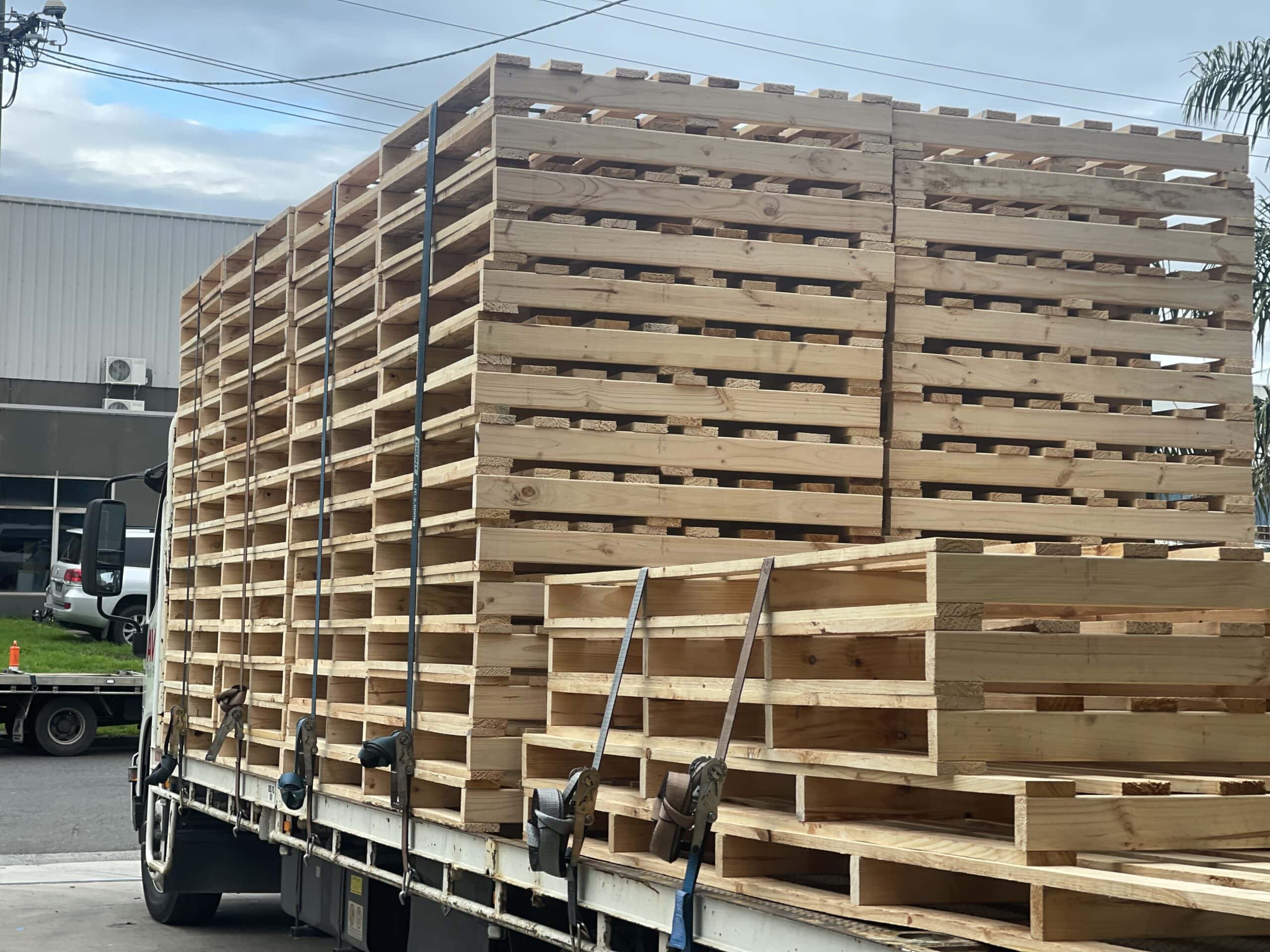Palette Power: The way They Maintain Your Items Secure

Within the fast-paced world of logistical operations and inventory management, guaranteeing the safe keeping and transport of products is vital. A of the often overlooked champions of this system is the pallet. These sturdy structures offer an essential foundation for handling products, offering a reliable solution for maintaining the integrity of goods during keeping and transit. With their ability to enhance organization and enhance efficiency, pallets have become a cornerstone in the industry, supporting everything from local businesses to large-scale operations.
Pallets not only ease the transport of goods but also help minimize damage during shipping. They allow for easy stacking and keeping, maximizing space while making sure that products are not subjected to harmful elements. Whether in a storage facility, a store, or on a loading dock, the importance of pallets in ensuring products safe cannot be overstated. With their adaptable design and durability, pallets stand as a testament to the importance of efficient logistics in maintaining goods standards and safety.
Value of Skids in Product Safety
Skids play a crucial role in securing the safety of items during warehousing and transport. They provide a robust platform that lifts goods off the ground, preventing damage from moisture, dirt, and pests. By keeping products off the floor, platforms help maintain cleanliness and reduce the risk of infection, which is particularly vital for food and healthcare supplies.
Properly constructed pallets can withstand significant load, allowing for the safe stacking of items. This upright storage maximizes space in storage facilities and cargo holds, making it easier to arrange and safeguard products. The structure of pallets also allows for efficient handling with lift trucks and pallet lifters, reducing the chances of accidents or mishandling that can lead to item damage.
Moreover, platforms offer an crucial layer of security during the transportation process. They hold items in place, preventing movement and potential damage while in transport. This stability is critical for maintaining the condition of fragile items. Overall, the use of pallets is necessary for safeguarding items, ensuring they arrive at their destination in excellent condition.
Varieties of Pallets and Their Benefits
When it comes to shipping platforms, there are several distinct kinds that address different needs in the holding and transportation of products. The most frequently used pallets are wooden pallets, known for their sturdiness and toughness. They can hold significant loads and are convenient to fix, making them a budget-friendly choice for many companies. Additionally, wooden pallets can be processed for pest control and moisture proofing, further extending their lifespan and usability.
Polymer pallets are another popular choice, especially in fields where hygiene is essential, such as culinary and medications. These pallets are resistant to liquids, chemicals, and pests, making them convenient to disinfect and sanitize. Furthermore, plastic pallets are easy to handle yet sturdy, allowing for simpler handling and movement. They do not chip or break as easily as timber, which adds to the protection of both goods and employees handling these pallets.
Metal pallets, while less common, offer unique pros in certain scenarios. They are highly tough and can carry significant weight, often employed in industrial environments. Metal pallets are also resistant to fire, reducing hazards in operations where fire is a concern. However, the first investment may be higher compared to timber or polymer choices, but their longevity and sturdiness can support the cost for high-capacity applications.
Best Recommendations for Wooden Pallet Maintenance
To secure the durability and functionality of pallets, consistent evaluations should be conducted. These inspections help in detecting any evidence of tear, injury, or contamination that could jeopardize their structural integrity. Look for fissures, splinters, and broken boards, as well as any evidence of decay or pest infestations. Resolving issues immediately can stop further damage and ensure that products remain safe during holding and transport.
Sufficient cleaning of pallets is vital for ensuring sanitation standards, notably when transporting food or pharmaceuticals. Use proper cleaning methods and disinfecting agents appropriate with the pallet material. Frequently scheduled cleaning not only stops contamination but also extends the life of the pallets by lowering the risk of degradation from toxic substances. Always allow Tulsa drying time before reusing cleaned pallets to prevent mildew growth.

In conclusion, adhering to consistent stacking and loading practices will considerably enhance the security and protection of pallets. Make sure that pallets are loaded equally and not overloaded beyond their weight capacity. Educating staff on safe handling techniques can stop accidents and damage during shipping. Using pallet racking systems engineered for safe storage also facilitates optimal pallet maintenance, as it keeps them organized and conveniently accessible while minimizing the risk of physical damage.
